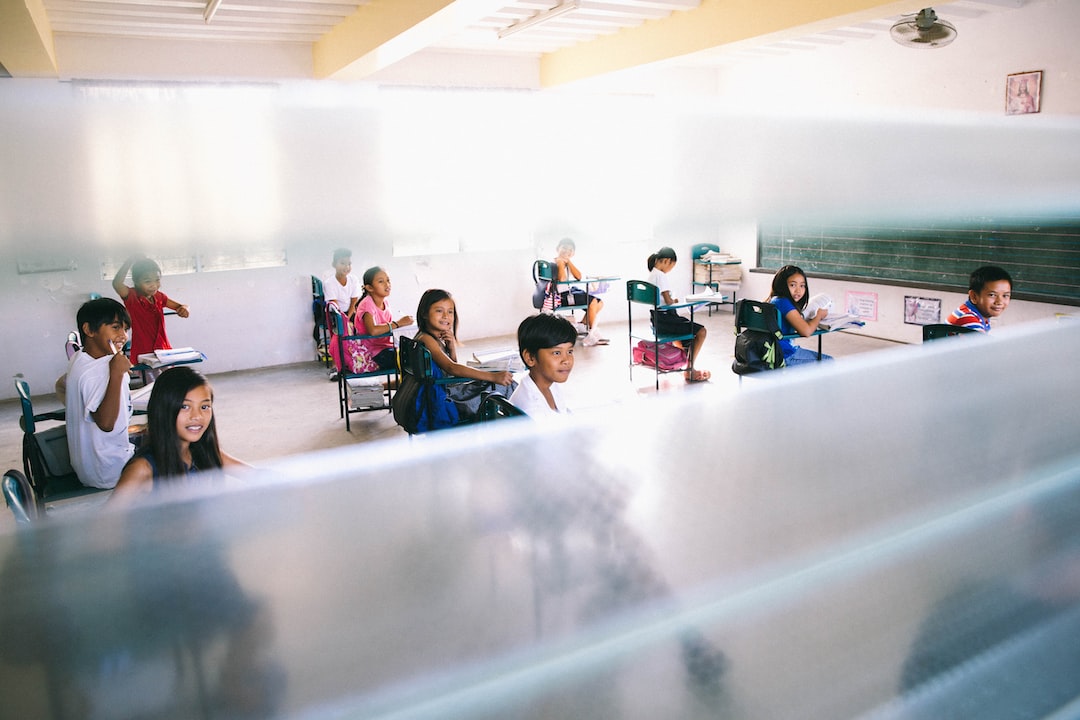Strategies for Effective Classroom Management: Creating a Positive Learning Environment
Managing a classroom can be challenging, especially when trying to create a positive learning environment. However, with the right strategies and practices in place, teachers can greatly enhance the learning experience for their students. In this article, we will discuss some effective strategies for classroom management that can help create a positive and productive learning setting.
1. Establish Clear Expectations: Setting clear expectations from the beginning of the school year is crucial for effective classroom management. Create a list of rules and discuss them with your students. Make sure the rules are age-appropriate and easy to understand. When students know what is expected of them, they are more likely to take responsibility for their actions and behavior.
2. Build Relationships: Building positive relationships with your students is essential for creating a positive learning environment. Take the time to get to know each student individually, showing genuine interest in their lives and achievements. Use positive reinforcement, such as praise and rewards, to encourage good behavior and academic success. When students feel valued and cared for, they are more likely to engage in their learning.
3. Use a Variety of Instructional Strategies: Keeping students engaged in the learning process is key to successful classroom management. Utilize a variety of instructional strategies, including group work, hands-on activities, and multimedia resources. This will help cater to different learning styles and keep students interested and motivated.
4. Foster a Sense of Belonging: Creating a sense of belonging is vital in any classroom. Encourage collaboration and teamwork among students, and provide opportunities for them to connect with their peers. Create a positive and inclusive classroom environment where everyone feels valued and respected. This will help promote positive behavior and reduce classroom disruptions.
5. Set Realistic Goals: Setting realistic and achievable goals can be highly motivating for students. Break down larger goals into smaller, manageable tasks. Celebrate successes and progress along the way to keep students engaged and motivated. By setting realistic goals, students can build confidence in their abilities and develop a growth mindset.
6. Establish Classroom Routines: Having established classroom routines and procedures can help create a structured and organized learning environment. Teach and practice these routines consistently, ensuring that students are aware of the expectations. Routines should include transitions, beginning and ending class procedures, and general rules for behavior. When students know what to expect, it reduces confusion and disruption in the classroom.
7. Provide Clear Instructions: When giving instructions, be clear, concise, and specific. Avoid using vague or complex language that may confuse students. Model and demonstrate tasks whenever possible, providing examples or templates when necessary. Check for understanding before students begin their work to ensure they comprehend the instructions. By providing clear instructions, you can minimize confusion and save valuable teaching time.
8. Manage Transitions Effectively: Transition periods between activities can often be chaotic. Implement strategies to manage transitions effectively, such as using a visual timer or a countdown system. Clearly communicate the expectations for transitioning and ensure that students understand what is required of them. With well-managed transitions, students can quickly and smoothly move from one activity to another without losing valuable instructional time.
In conclusion, creating a positive learning environment through effective classroom management is essential for student success. By establishing clear expectations, building relationships, utilizing a variety of instructional strategies, fostering a sense of belonging, setting realistic goals, establishing classroom routines, providing clear instructions, and managing transitions effectively, teachers can create a positive and productive learning setting for their students. With these strategies in place, students can thrive academically and personally while feeling motivated and engaged in their learning journey.

